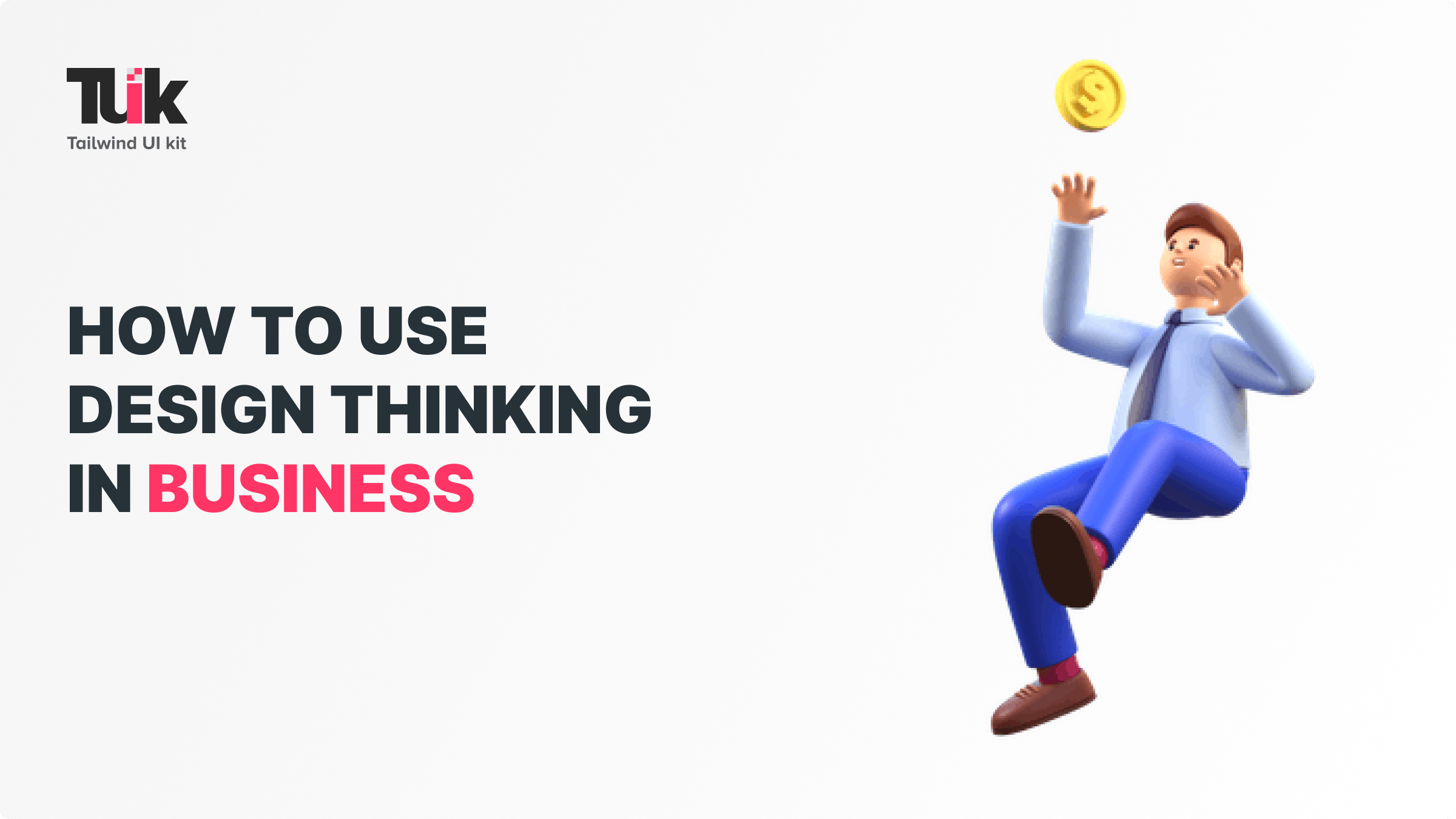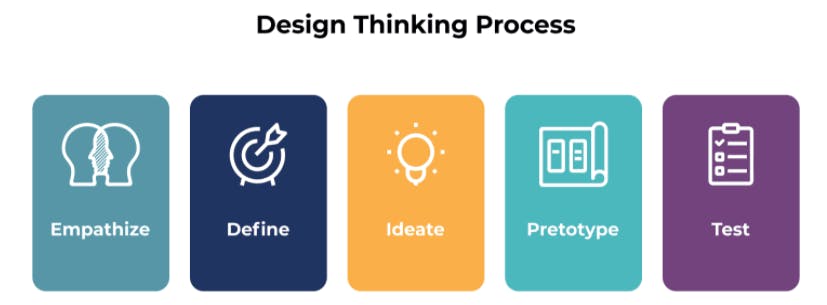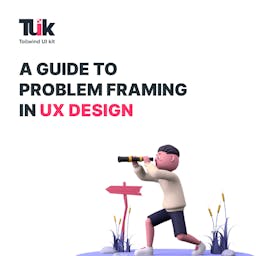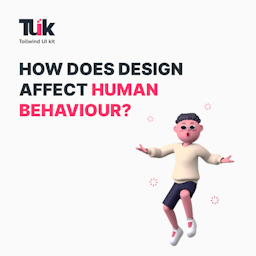Others
12 January 2022
HOW TO USE DESIGN THINKING IN BUSINESS

Innovation is something everyone calls for, whether you are a developer, designer, entrepreneur or any normal employee. It's a secret sauce, after all; the key to progress and success.
Apple, Airbnbs and Ubers were born to innovate in this world. The challenge now for all of these companies - and no doubt your company - is to continue this innovation in order to maintain or further advance their position in their respective markets. Innovation cannot be one-off; it should be part of the company's DNA.
This is where design thinking comes in.
Design Thinking has for quite some time been viewed as the sacred goal of development and a solution for stagnation.
Enough of vague definitions and abstract descriptions. In this article, we'll go into detail on what design thinking is and what it looks like in action. Let's get into it.
What is DesignThinking?
Design Thinking is not your knowledge of design concepts or color palette combinations, but the development of end-user-centric tools and processes. Design Thinking says that that design should attain purpose and business goals, not just beauty.
Design thinking shifts the focus from a business-centric solution (we invent a product based on a series of assumptions and cross our fingers that it will work for customers) to a customer-centric solution (we explore cultural phenomena, observe human behaviour and thinking, understand, what they need and build a product based on that)

What Is the Business Value of Design Thinking?
When a company plans to launch a new product, an enormous,expensive machine gets itself into high gear, especially at large corporations. The costs are huge. Practicing Design Thinking can save you gigantic measures of cash immediately on the grounds that it focuses on the particular solutions individuals needhe - immediate cost savings are achieved as part of the ROI of design thinking.
The IEEE, the world's largest professional technical organization, in its article “Why Software Doesn't Work,” estimates the amount spent on IT projects around the world at about $ 1 trillion a year.
According to their report, of the twelve main causes of project failure, three are related to user-centric design failure:
- Poorly defined requirements.
- Poor communication between clients and developers.
- Stakeholder politics.
What are the benefits of design thinking?
Integrating a design thinking into your processes and business can be of immense benefit, ultimately ensuring that the products you develop are not only attractive to customers, but also viable in terms of company budget and resources.
Some of the main benefits of using design thinking in your work are:
- Time saving.
- Enhance customer retention and loyalty.
- Promotes innovation.
- Good ROI and cost management and saving.
Tips to introduce design thinking process into your business
- Welcome everybody to participate:
Everyone should have the opportunity to speak up. While this may lead to a longer meeting, it is important to listen to all points of view because you never know who might have the best idea until you ask.
- Acknowledge differences - however don't allow them to become excuses:
Not everyone is super-creative or super-strategic in every meeting, and that's okay. Working together despite differences in strength level is actually fun. Some people need push and support a little more than others.
- Make collaboration barrier free:
Design Thinking is all about the process and being able to have a facilitator to lead is great, but don't use this role to restrict.
- Give space to others:
If you (the facilitator) are conducting the session, be careful not to take over the conversation. Give opportunity to those who worked to solve the problem, motivate them and praise them for their participation. Creating a comfortable place and judgement free environment gives everyone an opportunity to speak up.
- Don't run after perfection:
Be prepared to offer something better, not perfect. Design thinking is all about prototyping, iterating, and being able to fix things so you can bring something better to market.
Reasons to Invest in Design Thinking
Whether or not you're a CEO, a marketer, a developer, or a designer, here are straightforward justifications for why your organization ought to invest in design thinking.
- Improving your UX saves your money
- A little upfront UX exploration can save you many designing hours and a large number of dollars.
- Reduces the cost of customer support.
- Focusing on UX increases your revenue
- Increases conversion rates.
- Enhances customer retention and loyalty.
Examples of design thinking success
Service and product design are the best two ways to benefit from design thinking. However, a design thinking framework can be used to solve all kinds of non-design problems!
Design thinking is progressively being incorporated into business as a method for innovation
and collaboration. IBM developed its “Enterprise Design Thinking framework” to help multidisciplinary teams meet the real needs of their users, stating that businesses using this framework get their products to market in half the time and are 75% more effective in terms of teamwork. and enjoy a 300% return on investment.
Insurance agency MassMutual utilized a plan figuring way to deal with the challenge of drawing in youngsters to purchase life coverage. In collaboration with IDEO, they conducted extensive user research over a period of two years. Based on what they learned, they embarked on another two years of prototyping and testing. The end result is Society of Grownups, a suite of digital tools that help educate young people to make smart financial choices.
Final Thoughts!
The value of user experience as a result of design thinking is more convincing when comparing a user experience project with other investments with similar business goals. Before Apple's iPhone, there were countless smartphones. Before Uber, there were taxis, and before Facebook, there were social networks and before Tesla there were electric cars.
All these companies have one thing in common. It is their constant focus on their customers and their needs and giving out the best user experience which is deeply rooted in their design thinking methodology.

